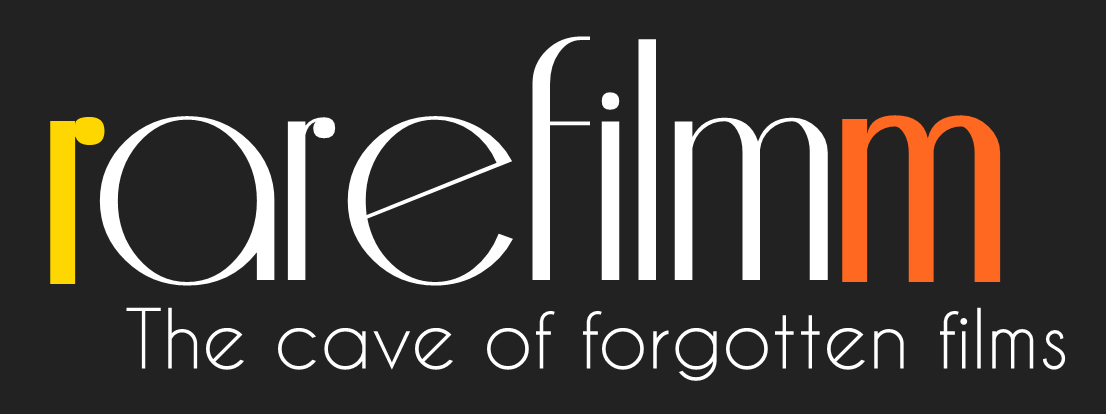Life for most young Vietnamese youth in the United States is a “life like dust.” This film goes inside the mind of Ricky Phan, once a gang leader in Southern California and now serving an 11-year sentence for armed robbery. Shot over a three-year period before Ricky’s arrest, BUI DOI… explores his memories of childhood in war-weary Saigon, his days in the U.S. as a “gangster,” and then his life in a state prison. Which is more violent: fleeing from a war-ravaged nation or trying to survive in an alien Western culture?
Category: Short
A charming butterfly still cannot comprehend that its flutter from one flower to another can cause serious incidents. Indeed, its outline on the radar screen causes an alarm at a military base. A general sends his missiles to fight against a presumed aggressor. It was, of course, a misunderstanding and everything soon returns to normal. However, a bird directs itself towards the radar antennas. Everything begins all over again. Until when?
Your Name In Cellulite is a six minute animated film about the disparity that exists between a woman’s natural beauty and the ideal set forth in popular culture. The body will only tolerate so much in the attempt to satisfy the demands of fashion before it takes matters into its own hands.
Etta is an elderly acrobat incarcerated in a care home. One night, a ghostly presence brings Etta into contact with Alice, a young night nurse. Etta discovers that Alice’s touch brings ecstatic, disturbing memories to life, but Alice has a morbid fear of physical contact.
Skyward examines the relationship between man, birds, and the environment at Suncoast Seabird Sanctuary in St. Petersburg, FL. Centering on the growth and development of a family of Canadian geese, and restoring nature’s ecological balance.
In just 14 minutes, Avraham Heffner’s short film successfully refines the confession of a quarrel and reconciliation between an ageing couple in late 1960s Tel Aviv. The heroine’s omnipresent, stream-of-consciousness narration provides a harsh account of life together. And though it is a short film, Slow Down was nonetheless hailed a harbinger of a new style of Israeli filmmaking and storytelling, while director Avraham Heffner himself admitted it was his favourite film. Based on a short story by Simone de Beauvoir (L’âge de discretion).
This colourful short animation traces the insecure protagonist’s path to tobacco addiction after he discovers, as a teengaer, that smoking can make him “cool”. His addiction follows him well into adulthood, until the scare of lung cancer forces him to face his demons. This funny yet cautionary tale is told by the protagonist as he sits on a psychiatrist’s couch, his recollections amusingly illustrated in colourful vignettes of his past. Both entertaining and visually rich, the film is a deterrent against smoking drawn in typical ’60s modernist/pop-art style.
